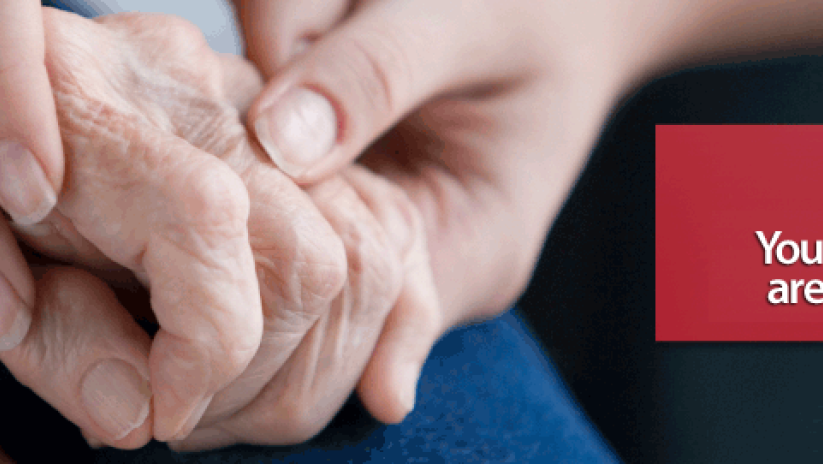
Telecare refers to using technology that allows consumers to stay safe and independent in their own homes. Telecare applications can include a variety of technological options and tools, such as consumer-oriented health, digital communication tools that connect consumers with caregivers, and even early warning detection technologies. The Spanish Red Cross SRC) have developed a Home-based Telecare service to assist the elderly, individuals with disabilities, and others that are in need of continuous support. Ángeles Durán, the Digital Technology Service Marketing Manager at the Spanish Red Cross, explained what the service offers. According to her,
It is the button that gives peace of mind. The telecare service allows consumers to immediately get in touch with a person or volunteer from SRC, by pushing one button, and accessing help if needed
Using this digital technology allows individuals to maintain their independence and live safely in the environment they are accustomed to.
How does it work?
During the strict COVID-19 lockdown, people had to manage their own safety and health within the confinement of their own home, which proved challenging for the elderly and individuals with special needs. Luckily, the SRC managed to reach these people through telecare. The telecare service was usually recommended by family members or a general practitioner, to assure that those at home could still access help when needed.
The home telecare service is one of the most crucial service being offered by SRC to more than 135,000 people. The telecare device resembles a telephone, without a keyboard or headset, with two main buttons, red and green. It consists of two elements: the push button that an individual can wear on their wrist, around their neck, or have on their person and the terminal box that must remain connected to an electric network and works with or without a telephone line. After installing the ‘push to speak button’ in the home of the consumer, the only thing an individual needs to do is press the emergency button from any area of their house and they are automatically connected to a specialized Red Cross staff member at the call center.
When an individual registers for the service, they are asked to provide essential data, including name, address, medical issues, emergency contact, ambulance and hospitals in the location. Durán explained this data is necessary because in case of an emergency, service providers need to be able to inform their clients of the situation or to know what hospitals and ambulance services are available in the area to dispatch one if needed.
Once the telecare device is set up by the SRC staff, an individual can easily access the telecare call center in case of an emergency. All a person needs to do is press the red button and a staff or volunteer member for the center calls in through the terminal box. The key component in this scenario is that the individual can hear and speak to the responder from anywhere in their home. If the red button was pushed by mistake, the individual can press the green button within a few seconds to deactivate the call. If the green button was not pressed in time, the user can inform the responders when they call that it was a false alarm.




